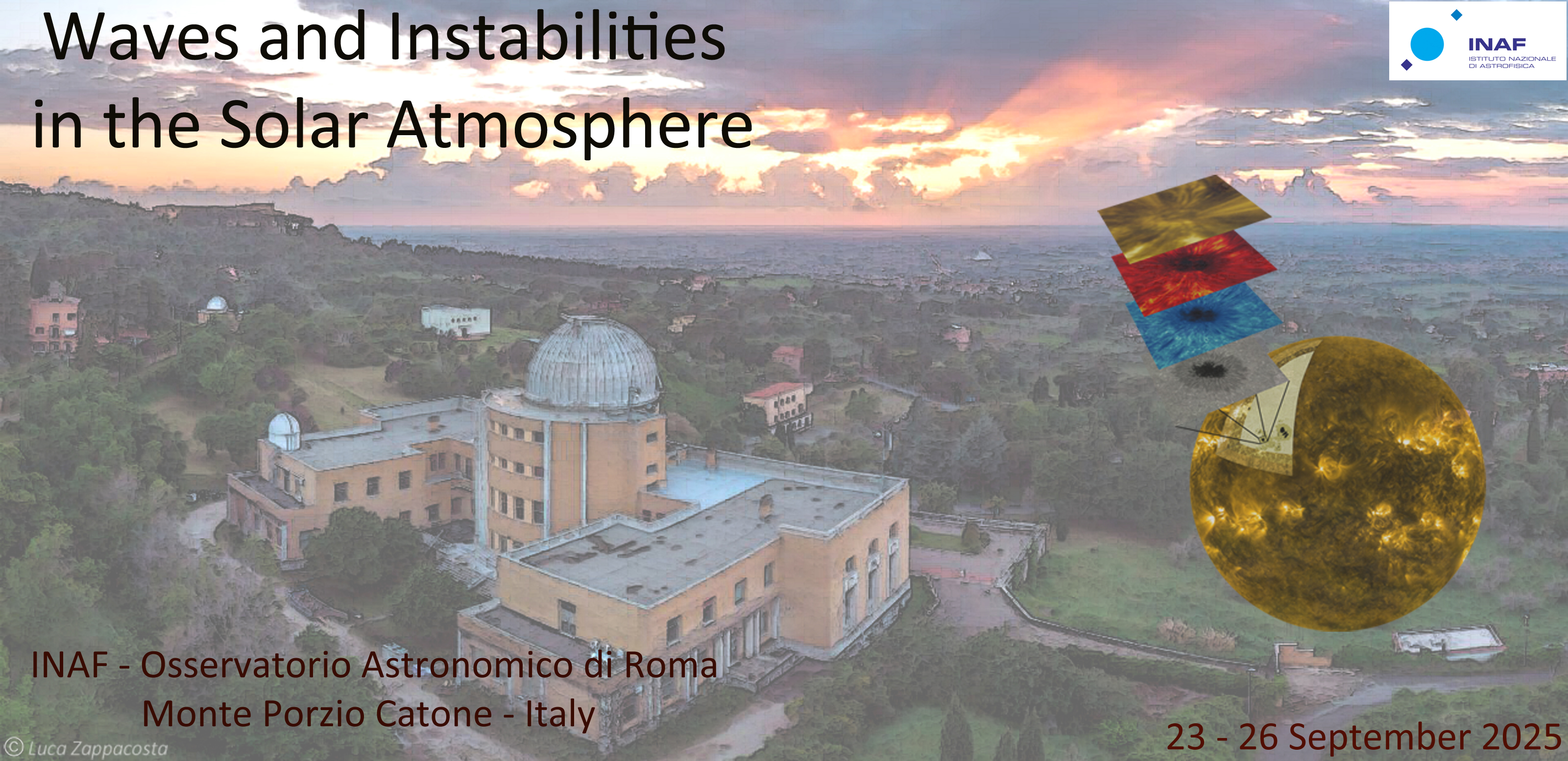Speaker
Description
Under coronal conditions, especially in flaring loops, the mean-free-path of electrons can no longer be assumed to be small in comparison to the temperature length scales. In this case, the thermal transport is non-local, and the classical Spitzer–Härm (SH) approximation is violated. Here, we consider two scenarios in which the effects of non-local thermal transport are important. The first scenario is the solar atmosphere’s response to a localised heating event, and the second one is an evolution of standing slow waves, which are commonly observed in post-flaring loops. To model non-local transport, we utilise the Schurtz–Nicolaï–Busquet (SNB) model, which is widely used in laser-plasma studies and has been demonstrated to be the most accurate non-local model applicable on fluid time-scales. In the first scenario, we simulate a 1D flare-heated loop and find that the SNB model yields a markedly different density–temperature evolution than the SH model. Specifically, the SNB model leads to higher apex temperatures and lower densities, with a more localised and intense temperature peak during energy deposition. In the SNB case, the heat flux suppression reduces chromospheric evaporation, resulting in lower post-flare densities. In the second scenario, using 1D models of standing slow waves, we show that non-local thermal conduction modifies wave damping by suppressing the isothermal regime. Depending on loop parameters, this can lead to damping times that differ by up to 80% from classical predictions. In conclusion, our results indicate the importance of non-local conduction in various solar phenomena. The SNB model has the potential to improve the realism of coronal simulations.
| Sessions | Wave generation, energy transport, dissipation and heating |
|---|

